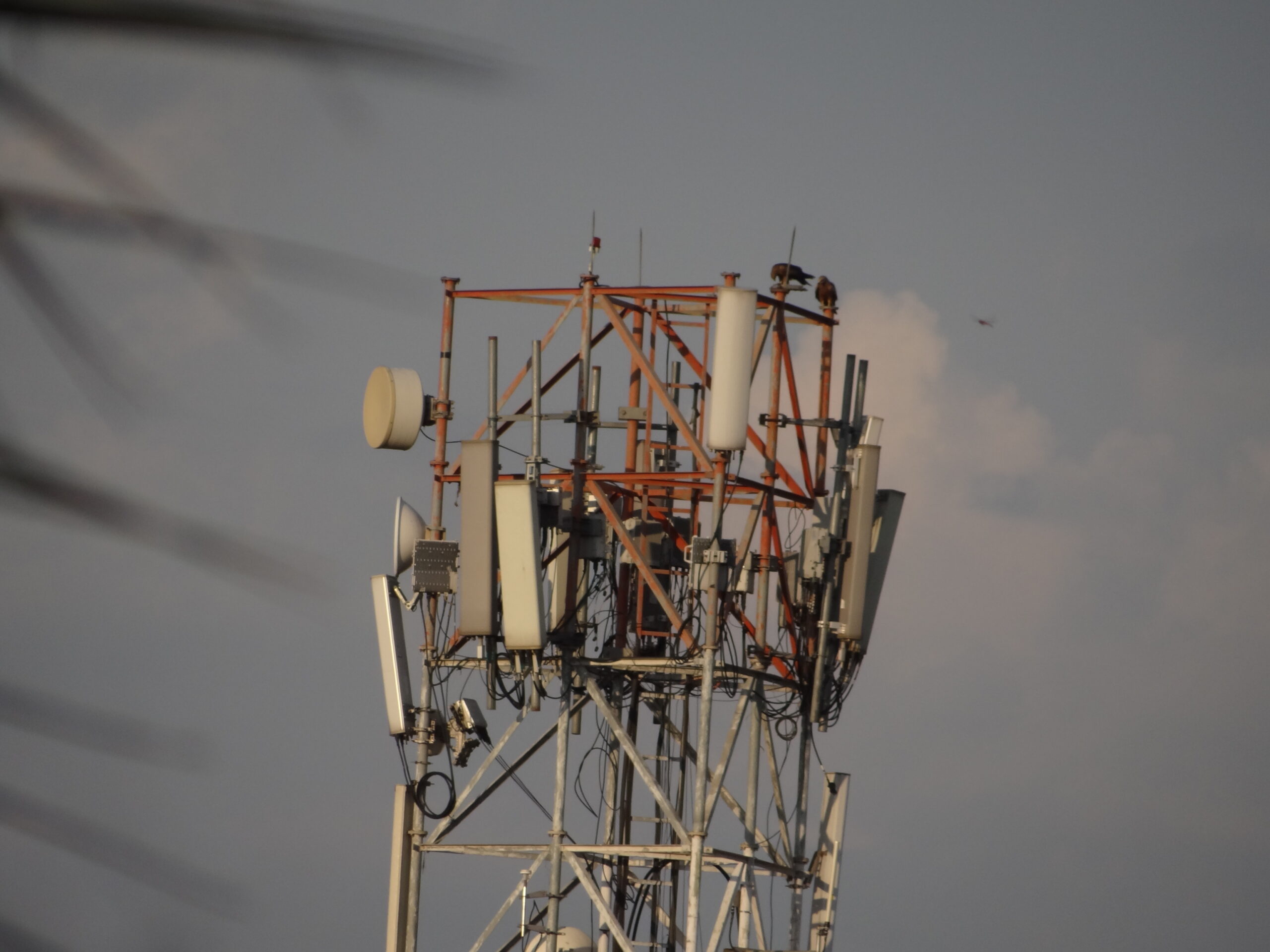Introduction to Powerline Networking Technology
Powerline Networking Technology is one of those underrated tech hacks that can completely change how you experience the internet at home. If you’ve ever been frustrated by slow Wi-Fi in certain rooms, you’re going to love this solution.
What is Powerline Networking?
Simply put, powerline networking lets you turn the electrical wiring in your house into internet cables. Yep, you read that right. It uses your home’s existing electrical circuits to transmit data from your router to different rooms.
Why is It Gaining Popularity?
With remote work, online classes, and 4K streaming becoming everyday activities, stable internet is more essential than ever. Powerline networking offers a quick, plug-and-play fix to boost your connection—no new wires, no tech headaches.
How Powerline Networking Works
Basic Principles Behind the Technology
Powerline networking works by sending internet signals over the same wires that power your toaster and TV. You plug in a powerline adapter near your router and another one near the device you want to connect, and voila—wired internet without the actual wires.
Devices Needed for Setup
-
Powerline Adapters: At least two are required.
-
Ethernet Cables: For connecting devices to adapters.
-
Wall Outlets: Avoid power strips to maintain signal quality.
Powerline Networking vs Traditional Ethernet
Speed Comparison
Ethernet still wins when it comes to raw speed. But powerline tech has improved—some adapters now support up to 2000 Mbps. That’s more than enough for Netflix, Zoom, and gaming all at once.
Installation and User-Friendliness
Ethernet requires running cables through walls or under carpets. Powerline? Just plug and play. No drilling. No mess.
Cost Analysis
Powerline kits range from $40 to $100. Compare that with the cost of professional Ethernet installation or high-end mesh Wi-Fi systems, and it’s a steal.
Real-Life Example of Powerline Networking
Powerline Adapters in a Two-Story House
Let’s say your router is on the first floor and your office is upstairs. Wi-Fi signals struggle through walls. A powerline adapter lets you enjoy Ethernet-like speed upstairs by simply plugging into the wall.
Eliminating Dead Wi-Fi Zones
Got a garage gym or backyard office? Extend your internet effortlessly. As long as there’s a power outlet, you’re good to go.
Common Statements About Powerline Networking
Here’s the core statement you’ve probably heard:
“Powerline networking uses your home’s electrical wiring to transmit data, creating a wired connection without needing Ethernet cables.”
That’s the golden truth. Other accurate statements include:
-
“No new cabling required.”
-
“Provides reliable connectivity through wall outlets.”
Benefits of Powerline Networking
Easy Installation
No IT skills needed. Just plug in two adapters, press a sync button, and you’re online.
Reliable Internet Access in Any Room
Perfect for basements, garages, and attics—places where Wi-Fi often fails.
Enhancing Online Gaming and Streaming
Because it offers low latency and higher stability than Wi-Fi, it’s ideal for gamers and streamers.
Limitations and Drawbacks
Distance Limitations
Performance can dip in very large homes or across different electrical phases.
Electrical Noise Interference
Microwaves, hair dryers, or old wiring can introduce interference and slow things down.
Not Ideal for Surge-Protected Power Strips
Always plug directly into the wall. Power strips and UPS units often block the signal.
Use Cases of Powerline Networking
For Home Office Setups
Work from anywhere in your house with a stable, secure connection.
In Older Homes with Poor Wi-Fi Coverage
Don’t rip out walls—just use the wiring you already have.
For Connecting Smart TVs and Gaming Consoles
Enjoy smooth streaming and zero lag during online gaming sessions.
Compatible Devices and Brands
Best Powerline Adapter Brands
-
TP-Link
-
Netgear
-
Devolo
-
Zyxel
These brands offer reliable products with features like pass-through sockets and dual Ethernet ports.
Integration with Smart Home Devices
Many smart home hubs work flawlessly with powerline connections, especially those that prefer wired stability over Wi-Fi drops.
Tips for Maximizing Performance
Avoid Power Strips
They act like roadblocks for your internet signal. Always plug adapters directly into wall outlets.
Plug Adapters Directly Into Wall Outlets
Get the cleanest, fastest signal this way.
Pairing Adapters Securely
Press the sync button on each adapter to establish a secure encrypted link.
Powerline Networking and Security
Encrypted Connections
Modern adapters come with 128-bit AES encryption, so your data stays private.
Preventing Unauthorized Access
Because the signal doesn’t leave your house’s wiring, it’s almost impossible for outsiders to intercept it.
Future of Powerline Networking Technology
Advancements in Technology
Expect even higher speeds and better interference filtering in the next generation of adapters.
Will It Replace Wi-Fi?
Unlikely. But it’s an excellent companion—especially for fixed devices like desktops, consoles, or smart TVs.
Alternatives to Powerline Networking Technology
Mesh Wi-Fi Systems
These are great for seamless roaming and whole-house coverage but can be pricier.
Ethernet Over Coax (MoCA)
If you’ve got coaxial cables, this is another high-speed option for home networking.
Final Thoughts
Powerline Networking Technology is a simple yet powerful way to eliminate Wi-Fi dead zones and enjoy a more stable internet connection. If you’re tired of buffering, lag, and weak signals, this might be the solution you’ve been waiting for. It’s not perfect, but for most households, it’s a game-changer. And the best part? You already have the wiring.
FAQs
1. Is powerline networking faster than Wi-Fi?
Yes, especially when Wi-Fi signals are weak or congested. Powerline offers a more stable and often faster connection.
2. Can powerline networking work across circuit breakers?
Sometimes, but performance may drop. It’s best when both outlets are on the same electrical circuit.
3. Does powerline networking increase electricity usage?
Nope, it only uses the wiring for data transmission and adds negligible power consumption.
4. Are powerline adapters good for gaming?
Absolutely. They offer lower latency and more stability than Wi-Fi, which is crucial for competitive gaming.
5. How secure is powerline networking?
Very secure. Modern adapters use encryption to protect your data within your home’s wiring.

